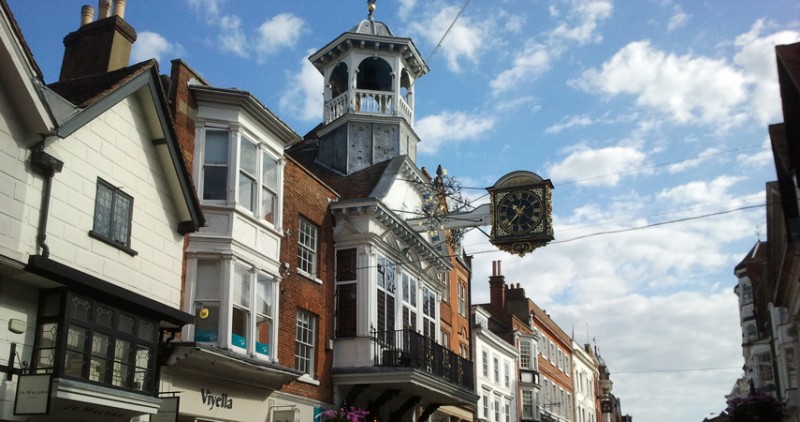
Guildford Borough Council
Guildford Guildhall is part of
Guildford Borough Council
Guildford Borough Council artworks can also be found at these venues
More information
Guildford Borough Council
Guildford Borough Council artworks can also be found at these venues
More information